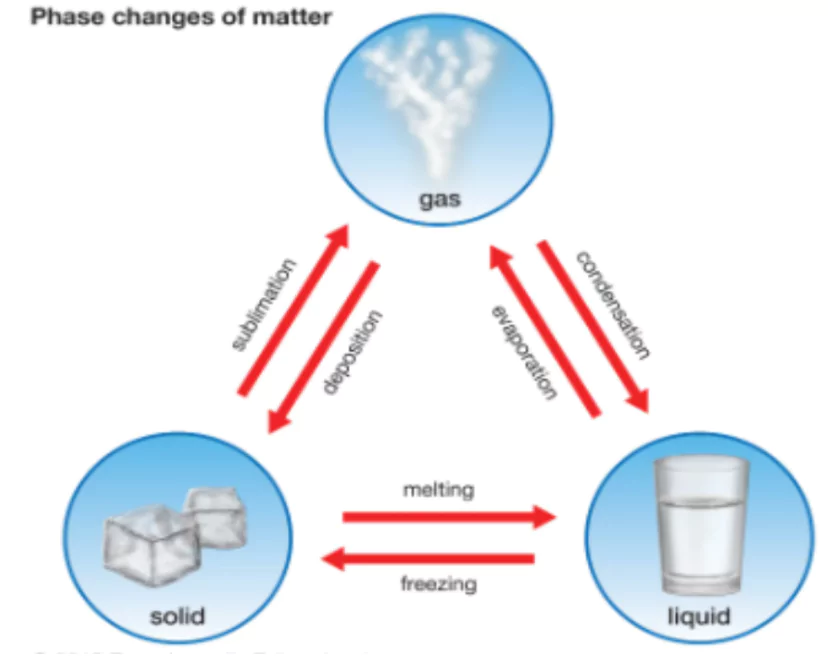![]() April 29, 2024
April 29, 2024
![]() 2575
2575
![]() 0
0
Evaporation transforms water from liquid to gas, driven by factors like temperature and air movement. Condensation, on the other hand, converts water vapor into liquid or solid forms due to cooling and the presence of condensation nuclei. These processes are fundamental to the water cycle, influencing weather patterns and atmospheric conditions.

| Must Read | |
| Current Affairs | Editorial Analysis |
| Upsc Notes | Upsc Blogs |
| NCERT Notes | Free Main Answer Writing |
Evaporation and Condensation are essential processes in the Earth’s water cycle, regulating the distribution of water in the atmosphere and on the Earth’s surface. Understanding the factors influencing these processes helps us comprehend weather phenomena like fog, dew, and clouds, contributing to better management of water resources and environmental sustainability.
<div class="new-fform">
</div>

Latest Comments